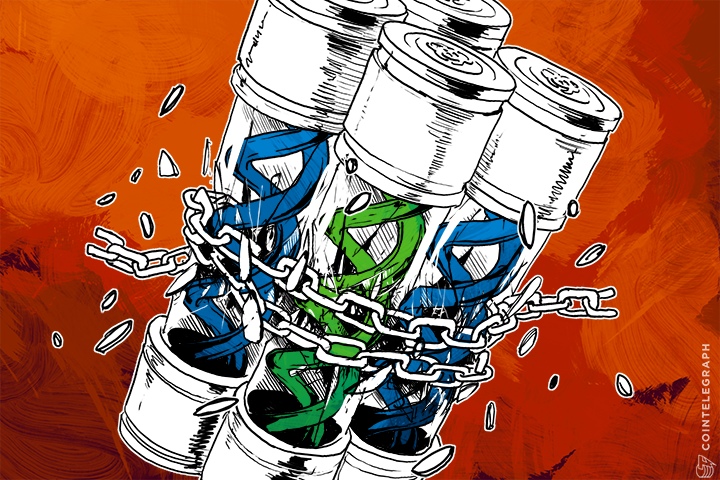The recent security breach at the secret Louisiana bio-weapons lab where the deadly bacteria contaminated its surroundings remains unsolved. But recent innovations in Bitcoin technology such as Multi-sig security can potentially prevent such type of failures.
Bio Terror agent contamination
According to a USA today report from March 2, 2015, federal and state agencies so far have failed to uncover how a deadly type of bacteria was released from a high-security facility at the Tulane National Primate Research Center about 50 miles north of New Orleans.
This bacteria strain is classified as a bio-terror agent found in soil and water, which can cause melioidosis, with 50% fatality rate. According to officials, there is no public risk but the extent of contamination is still unknown. This incident happened in November last year, where four monkeys that were never used in the experiment and were kept outdoors, have been exposed to this deadly bacteria and were subsequently euthanized. Meanwhile, a federal investigator of the facility was found to be exposed to the bacteria 24 hours after he visited the facility.
This is yet another case out of other similar incidents that regularly occur each year in different countries. At one the most reputable and prestigious labs in the US, the Centers for Disease Control and Prevention (CDC), incidents involving exposure of Ebola, Anthrax and some other deadly viruses were reported.
If we take a closer look at these incidents, human error is always the common explanation that should be considered. "The easiest way to transfer something from one place where it's supposed to be, to another where it isn't supposed to be is by a worker moving from one place to the other," said Richard Ebright, a bio-safety expert from Rutgers University in New Jersey, who testified before Congress last summer in the wake of lab incidents at federal agencies involving anthrax, smallpox and a deadly strain of avian influenza.

Centralized vs. decentralized security
Currently, we have an access control layer as a security counter measure to prevent unauthorized access of humans. However, a single point of failure causes leakage of information or an unauthorized access to a highly secure laboratory. This is caused due to the fact that access control with the current security definition is determined in a centralized manner.
Bitcoin, however, solves Byzantine General’s or Two General’s problem with its blockchain technology. They refer to problems where two generals need a consensus over attacking a city at the same time. This consensus can be achieved through the blockchain technology in Bitcoin, which is fully decentralized.
Moreover, recent innovations in Bitcoin such as Multi-sig, which requires a general consensus over multiple key holders to sign a transaction or a contract, can also help to remove the single-point failure. In the multi-sig model, any action requires m number of digital signatures out of n based on the user’s agreement. Otherwise the action cannot be performed on the blockchain. This way, access control is decentralized, removing a single potential point of failure, and can also be tracked in the blockchain. Moreover, this model would reduce leakage of data, information and access in any secure facilities and laboratories.
Blockchain technology (like the one used in Bitcoin) can be used as an additional security counter measure in book-keeping and access control of high secure facilities. The implementation of these innovative technologies could reduce the chances of these types of incidents by decreasing the probability of human error and could very well be used to facilitate the investigation in helping find the point of failure as well as the radius of contamination.
Did you enjoy this article? You may also be interested in reading these ones:


